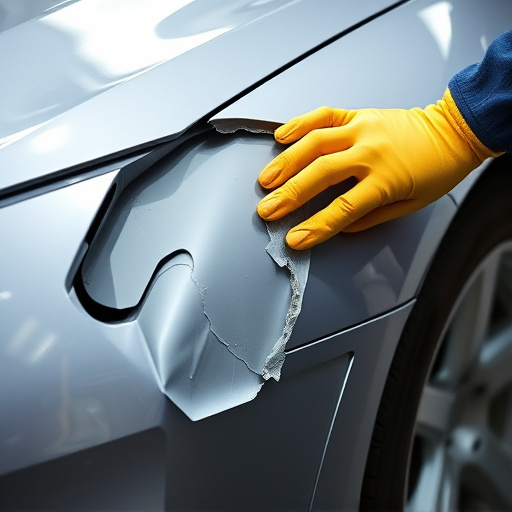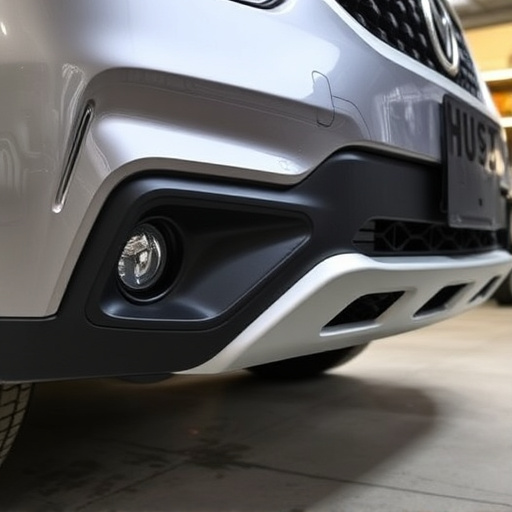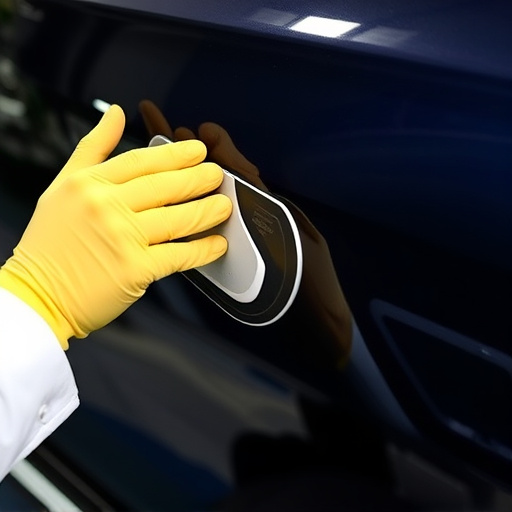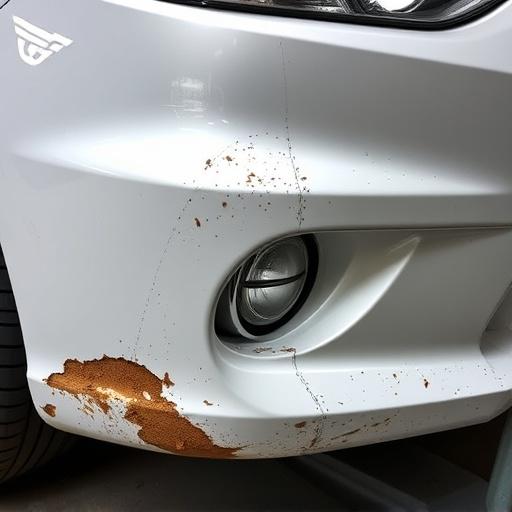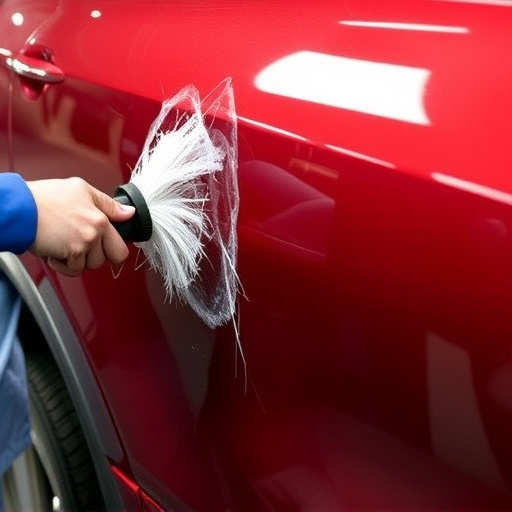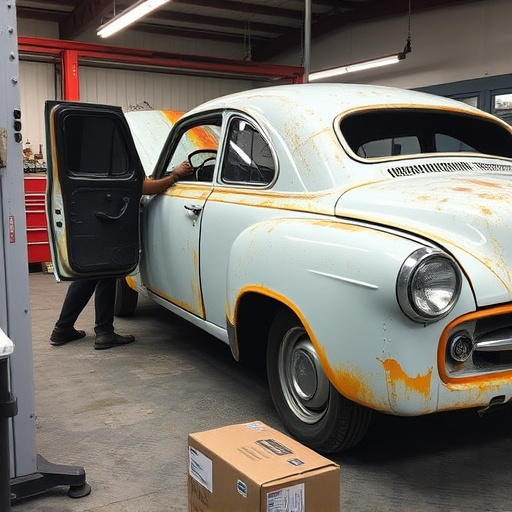A thorough transmission inspection is crucial after an accident, often overlooked yet essential for accurate auto collision repair. It involves a comprehensive assessment of leaks, noises, and performance issues, indicating potential problems from contaminants to worn components. Regular inspections facilitate proactive diagnosis, enhancing repair quality and keeping clients informed about their vehicle's health. This process includes visual evaluations, diagnostic scans, specific tests, and advanced tools for automatic transmissions, ensuring successful car body repair and a smoother return to the road.
In the realm of auto accident repair, meticulous transmission inspection is a game changer. A pre-repair assessment of this complex system can prevent costly mistakes and ensure successful restoration. This article guides you through the critical components to scrutinize during a transmission inspection, offering valuable insights for achieving accuracy and precision in accident repair. Uncover best practices that empower professionals to navigate this intricate process effectively.
- Understanding the Importance of Transmission Inspection Pre-Repair
- Key Components to Evaluate During a Transmission Inspection
- Best Practices for Effective Transmission Inspection and Repair Success
Understanding the Importance of Transmission Inspection Pre-Repair
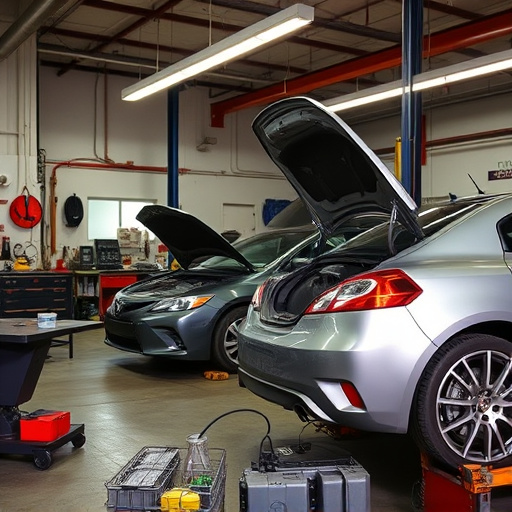
A thorough transmission inspection is a cornerstone of successful accident repair, often overlooked yet immensely crucial. Before diving into any auto collision repair or car body repair, a comprehensive assessment of the transmission system is vital. This step serves as a foundational check, ensuring that the rest of the repair process is accurate and effective. By identifying potential issues early on, skilled technicians can prevent further damage, costly mistakes, and unsatisfactory car repair services.
During this inspection, mechanics should pay close attention to any leaks, unusual noises, or performance discrepancies. Such symptoms could indicate a range of problems, from fluid contaminants to worn-out components. Regular transmission inspections not only help in diagnosing these issues but also provide an opportunity to offer clients proactive solutions. This proactive approach not only enhances the quality of auto collision repair but also ensures that customers are well-informed about their vehicle’s health.
Key Components to Evaluate During a Transmission Inspection
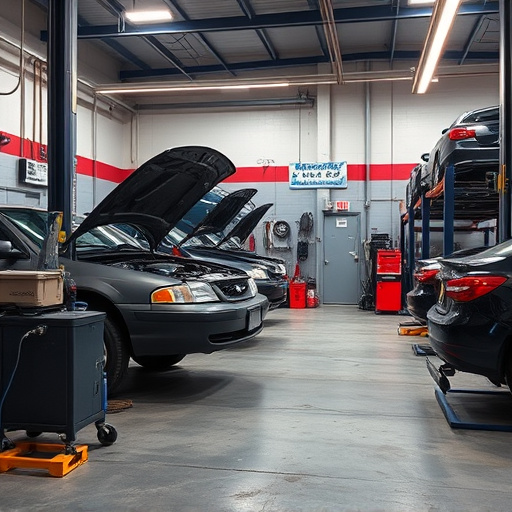
During a transmission inspection following an accident, several key components require meticulous evaluation to ensure comprehensive and accurate damage assessment. The first step involves examining the transmission itself for any visible signs of wear, tear, or damage. This includes checking for cracks, leaks, and misalignments that could indicate structural integrity issues.
Paying close attention to the gears, bearings, and seals is crucial as these components are vital for transmission functionality. Inspect for any abnormal noises, fluid leaks, or unusual vibrations that might suggest underlying problems such as damaged gear teeth, worn-out bearings, or compromised seals. Additionally, assessing the condition of the hydraulic system, including the master cylinder and slave cylinder, is essential in identifying potential challenges related to power steering and brake performance—critical aspects often affected during accidents, requiring expert collision repair services for auto body painting and car paint repair when necessary.
Best Practices for Effective Transmission Inspection and Repair Success

When it comes to transmission inspection after an accident, a systematic and thorough approach is key to ensuring repair success. Begin by thoroughly examining the transmission for any visible damage. Look for signs of fluid leaks, cracks in the housing, or misalignment that could indicate structural integrity issues. Using specialized tools, perform diagnostic scans to uncover any error codes or performance anomalies. This initial visual and digital assessment provides a critical baseline.
Next, conduct specific tests tailored to the transmission’s type. These may include shifting through gears to check for smooth operation and unusual noises, checking fluid levels and quality, and inspecting belts and clutches for wear. For complex automatic transmissions, advanced diagnostic tools can simulate driving conditions to uncover hidden issues. Remember, early detection through regular and meticulous transmission inspections translates directly into more effective car body repair and restoration, ultimately facilitating a smoother return to the road.
A thorough transmission inspection is paramount in ensuring successful accident repair. By understanding the key components and adopting best practices, technicians can minimize misdiagnoses and enhance customer satisfaction. In the context of transmission inspections for accidents, staying meticulous and comprehensive pays dividends in achieving optimal repair outcomes.
